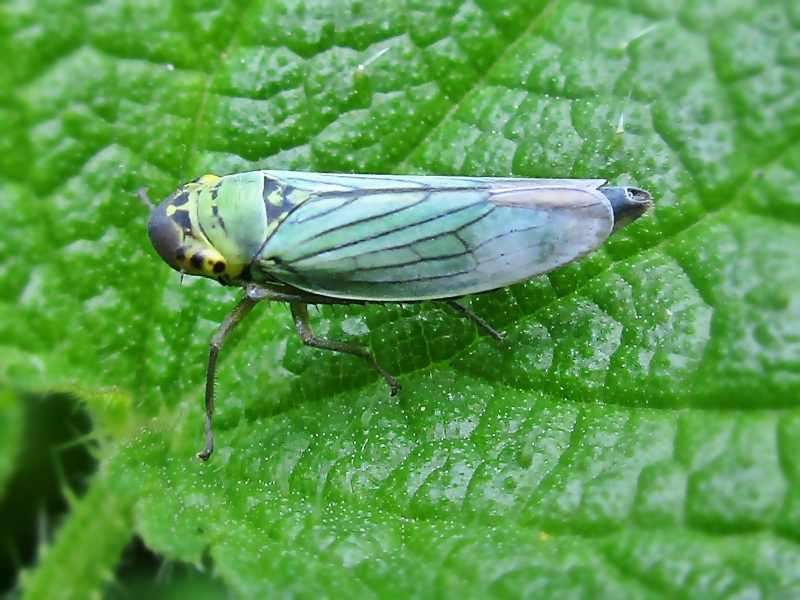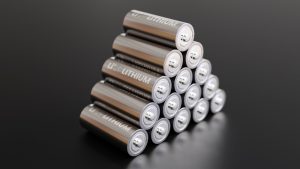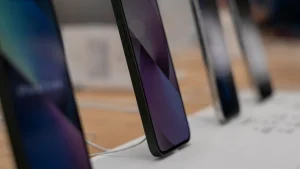Leafhoppers, a common backyard insect, could provide both the inspiration and the instructions for next-generation technology, according to a new study.
Others are reading now
Scientists at Penn State have drawn inspiration from leafhoppers, tiny insects with a unique form of protection that could revolutionize the way we interact with light, leading to innovations such as invisibility cloaks and more efficient solar panels.
Nature’s Blueprint
Leafhoppers, though small, carry a big secret in the form of brochosomes – minuscule, soccer ball-like particles that coat their bodies. These brochosomes are not just any natural secretion; they’re a complex geometric marvel that has puzzled scientists since their discovery in the 1950s.
According to Tak-Sing Wong, a professor at Penn State, “This discovery could be very useful for technological innovation.”
The particles, about 600 nanometers in diameter, have a hollow structure with pores about 200 nanometers wide. This consistent size across different leafhopper species intrigued the researchers.
Also read
“Why this consistency? What is the secret of having brochosomes of about 600 nanometers with about 200-nanometer pores? Does that serve some purpose?” Wong pondered.
Unlocking the Mystery of Brochosomes
The research team’s breakthrough came with the creation of synthetic brochosomes, a feat previously deemed challenging due to their intricate geometry.
Lin Wang, a postdoctoral scholar and the study’s lead author, revealed, “We managed to make these brochosomes using a high-tech 3D-printing method in the lab. We found that these lab-made particles can reduce light reflection by up to 94%.” This significant reduction in light reflection unveils the potential of brochosomes in developing materials that manipulate light in unprecedented ways.
The study, published in the Proceedings of the National Academy of Sciences, sheds light on the dual purpose of brochosomes.
They not only absorb ultraviolet light, rendering leafhoppers invisible to UV-sensitive predators but also scatter visible light, acting as an anti-reflective shield. The implications of this natural phenomenon extend far beyond the animal kingdom, opening doors to applications in solar energy harvesting, protective coatings for pharmaceuticals, advanced sunscreens, and even cloaking devices.
A Step Towards Synthetic Success
The creation of these synthetic brochosomes marks a pivotal moment in material science, with the researchers now aiming to refine the fabrication process to produce particles closer to the size of natural brochosomes. Future explorations include using these structures in information encryption.
Wang noted that their brochosome work demonstrates the value of a biomimetic research approach, where the natural world serves as a inspiration for scientific exploration.
“Nature has been a good teacher for scientists to develop novel advanced materials,” Wang said. “In this study, we have just focused on one insect species, but there are many more amazing insects out there that are waiting for material scientists to study, and they may be able to help us solve various engineering problems. They are not just bugs; they are inspirations,” Wang notes.
The research team, including Penn State’s Wong and Wang, also featured contributions from Sheng Shen, a mechanical engineering professor, and Zhuo Li, a mechanical engineering doctoral candidate at Carnegie Mellon University, who were instrumental in the study’s simulations.








